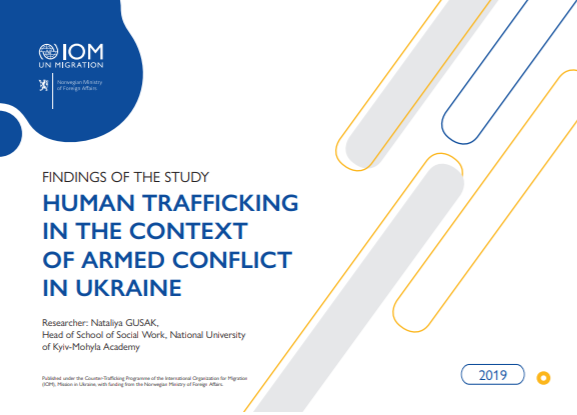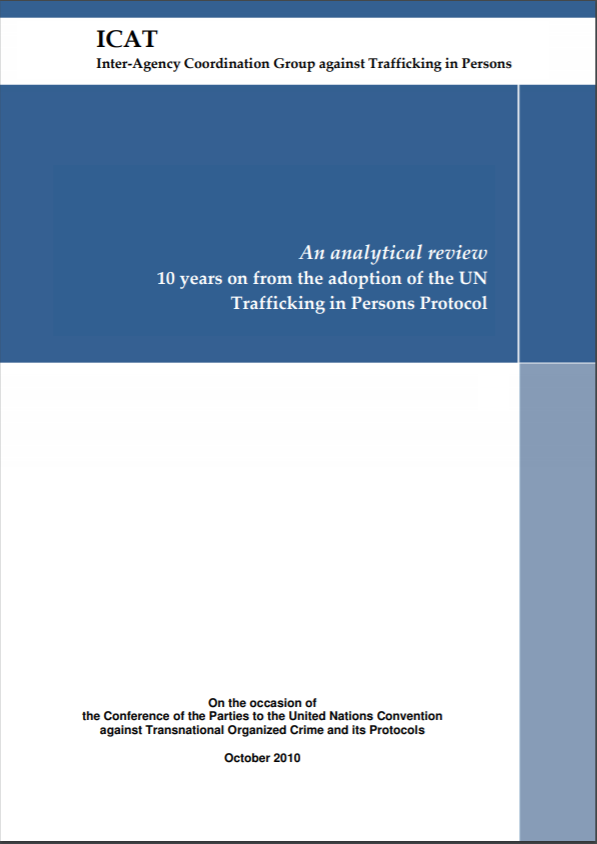Migrant Vulnerability to Human Trafficking and Exploitation: Evidence from the Central and Eastern Mediterranean Migration Routes

Over the past years, public attention has gradually turned to the experiences of migrants along the precarious Mediterranean routes to Europe. A large number of migrants continue to risk their lives crossing the Mediterranean Sea on the way to Europe, often enduring long and perilous journeys. A growing body of evidence is beginning to highlight the scale and scope of exploitation experienced by migrants along these routes, including human trafficking.
This report examines migrants’ vulnerability to human trafficking and exploitation by exploring risk and protective factors associated with unsafe migration, through the systematic evidence collected by IOM’s Displacement Tracking Matrix (DTM) operations in 2016. It presents the results from the largest existing set of survey data on the vulnerability of migrants to abuse, exploitation and human trafficking on the Mediterranean routes to Europe.
Country
Worldwide
Region
Worldwide
Year
2017








